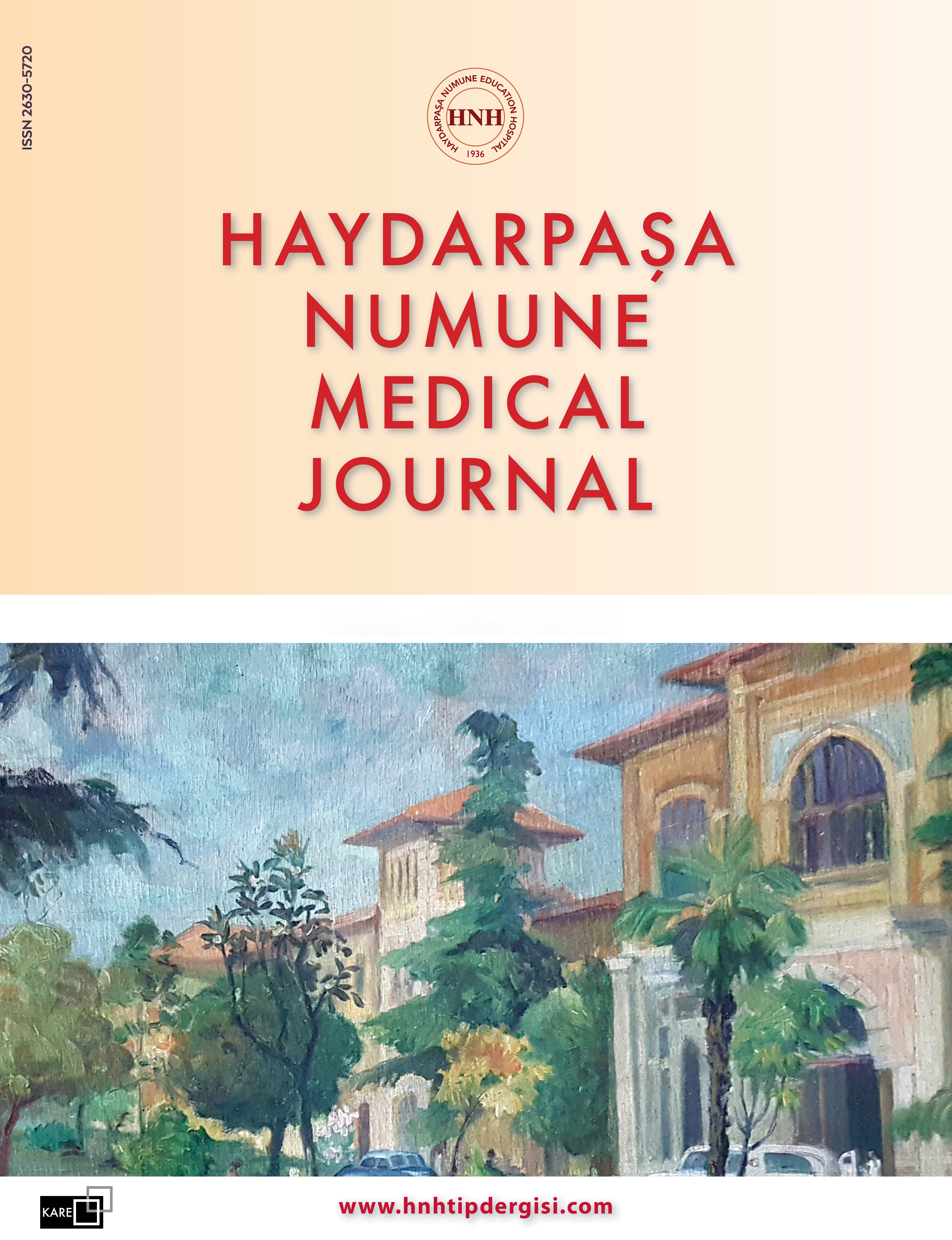The Predictive Role of Second and Third Fluid Cytology in the Diagnosis of Malign Plevral Fluids in Patients with Negative First Fluid Cytology
Şeyma Özden1, Işıl Gökdemir2, Ayşin Durmaz3, Murat Kıyık4, Yasin Özden51Department of Chest Diseases, Süreyyapaşa Chest Diseases and Thoracic Surgery Training and Research Hospital, İstanbul, Türkiye2Department of Intensive Care Unit, Sancaktepe Prof. Dr. İlhan Varank Training and Research Hospital, İstanbul, Türkiye
3Department of Chest Diseases, Bağcılar Training and Research Hospital, İstanbul, Türkiye
4Department of Chest Diseases, Yedikule Chest Diseases and Thoracic Surgery Training and Research Hospital, İstanbul, Türkiye
5Department of Cardiovascular Surgery, Dr. Siyami Ersek Thoracic and Cardiovascular Surgery Training and Research Hospital, İstanbul, Türkiye
INTRODUCTION: In this study, we wanted to investigate the role of pleural fluid cytology, which is examined for the second and third times in malignant pleural fluid cases that cannot be diagnosed by first pleural fluid cytology.
METHODS: A total of 116 patients were evaluated in this retrospective study. 2nd samplings of pleural effusions were evaluated via thoracentesis in 105 patients (90.51%)with negative cytology results on the first thoracentesis attempt, and 3rd samplings were evaluated for 34 patients (29.31%). Pleural biopsy using a cope needle was performed on patients who could not be diagnosed upon pleural fluid cytology. If pleural biopsy did not yield any diagnosis, VATS (video assisted thoracoscopy) was performed, and pleural decortication was performed in some patients who could not be diagnosed with VATS. Pleural fluid cytology results suspected to be malignant were considered to be negative and the same procedure was performed as above.
RESULTS: 7 out of the 116 cases (6.03%) were found to be cytologically positive on the first thoracentesis. Out of the cases found to be negative on first attempt, 29 (26.6%) were diagnosed positive upon second attempt. 34 cases which were not diagnosed at first and second attempt underwent a third thoracentesis attempt and were evaluated cytologically. Out of the 34 cases, 11 (32%) were diagnosed in the 3rd attempt. A total of 47 cases (40.5%) were diagnosed with pleural fluid cytology. In the presence of primary lung cancer, the rate of diagnosis by 2nd fluid cytology was statistically significant compared to other types of malignancy (p<0.05).
DISCUSSION AND CONCLUSION: In cases with negative pleural fluid cytology at the first examination, examination of fluid cytology for the second and third times should be considered with a high contribution to the diagnosis, especially in patients who are unable to apply more invasive diagnostic methods.
Manuscript Language: English
















